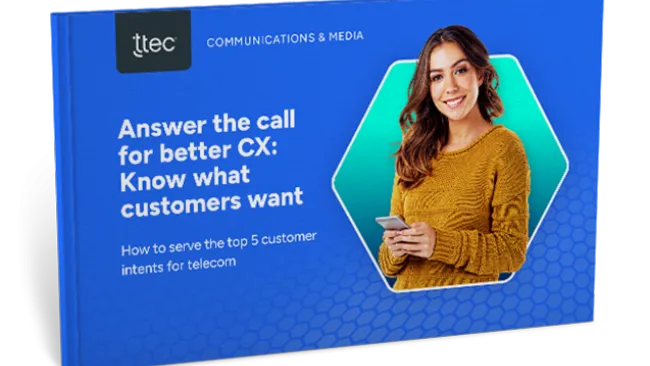As many consumers know, sometimes self service is the best type of customer service. It is therefore no surprise that B2B customers are also looking for self-service research and buying options. Instead of talking to a sales representative, many buyers would rather conduct their own research and purchase the products and services without assistance.
At the same time, many companies make it difficult for prospects to find the information they need prior to making a purchase. It’s critical for businesses to transform their approaches to meet the expectations of today’s buyers and understand that DIY resources, as well as people, are needed to close a sale.
Make the Information Accessible
By now most companies understand that publishing and promoting content is essential for helping their brands and products stand out. A website may be a prospective buyer’s first interaction with your brand and he or she may create a list of potential vendors or products solely based on digital content—without ever speaking to a salesperson.
But cramming information into a website isn’t enough. If the content matching the buyer’s informational needs is buried deep within the vendor’s website or lumped under one tab, it’s useless. Another barrier is when a site search yields a broad list of content from press releases and blogs to white papers. Adding filters to a resources page can make it easier for visitors to quickly target the information that interests them.
Learn From the Customer Service Experts
Salespeople can take a page from their customer service colleagues who are experienced with self-service features and understand the importance of removing friction from the customer experience. Just as knowledge management and intelligent virtual assistant applications can help customer service associates find the information they need to assist a customer, increasingly, these technologies can also be used to connect buyers with the content they need to evaluate your offerings. For instance, a search or chat box powered by natural language processing and knowledge management will be able to direct users to the appropriate content faster than someone manually clicking through a site.
Give Prospects the Freedom to Roam
Predictive analytics, dynamic landing pages, and machine learning all play important roles in identifying the right content to present to prospects, but there’s also value in allowing prospects to set their own research path. Furthermore, letting prospects follow their own self-service research process may make it easier to measure their intent based on the frequency and depth of their engagement with your content. A sales rep can then provide a more informed outreach when a self-qualified prospect opts into a conversation.
Self-service solutions should not replace the experienced salesperson or marketer who understands a prospect’s needs and challenges and can direct her to the right product. Instead, self-service options can complement humans by ensuring that if prospects prefer to create their own research journeys, they can find the content they want on their own time. Because ultimately a business’ goal should be to help buyers find the information they want and not the information we think they need.
Three Ways to Remove Friction From Self-Service Research















